Comprehensive Presentation on Alzheimer's Disease: Causes and Impact
VerifiedAdded on 2023/05/23
|11
|790
|161
Presentation
AI Summary
This presentation provides an overview of Alzheimer's disease, a neurodegenerative disorder affecting millions worldwide. It begins by outlining the intricate structure of the human brain, highlighting key components such as the cerebrum, brainstem, cerebellum, limbic system, and basal nuclei, and their respective functions. The presentation then delves into the biological processes within the brain, focusing on neuronal communication, metabolism, repair, remodeling, and regeneration. It identifies potential causes of Alzheimer's disease, including blood-brain barrier disruption, mitochondrial impairment, oxidative stress, neuroinflammation, and the formation of plaques and tangles. The presentation concludes by summarizing the symptoms, contributing factors, and potential preventative strategies, such as lifestyle interventions, for managing the disease. The presentation references various academic sources.
1 out of 11
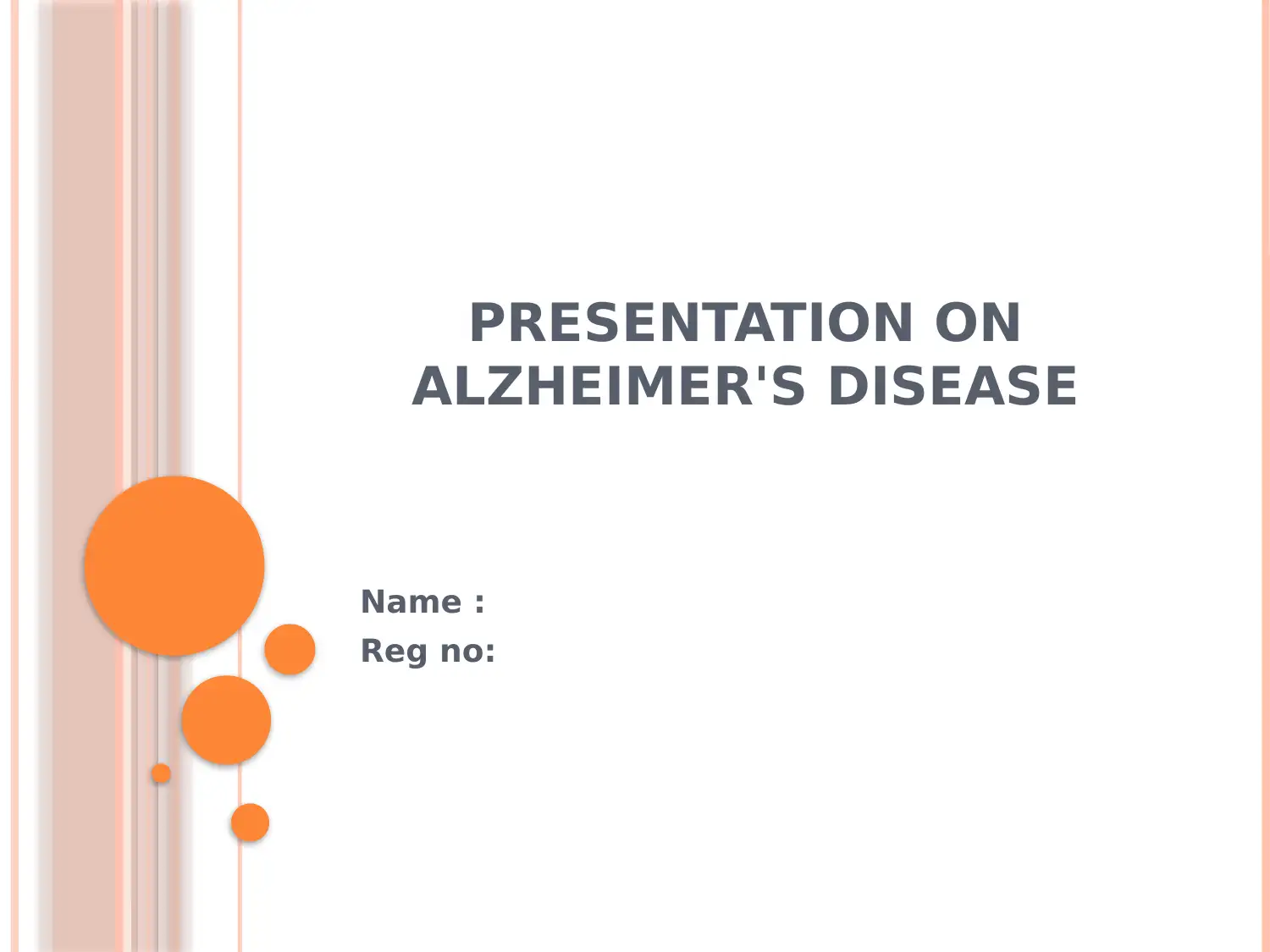
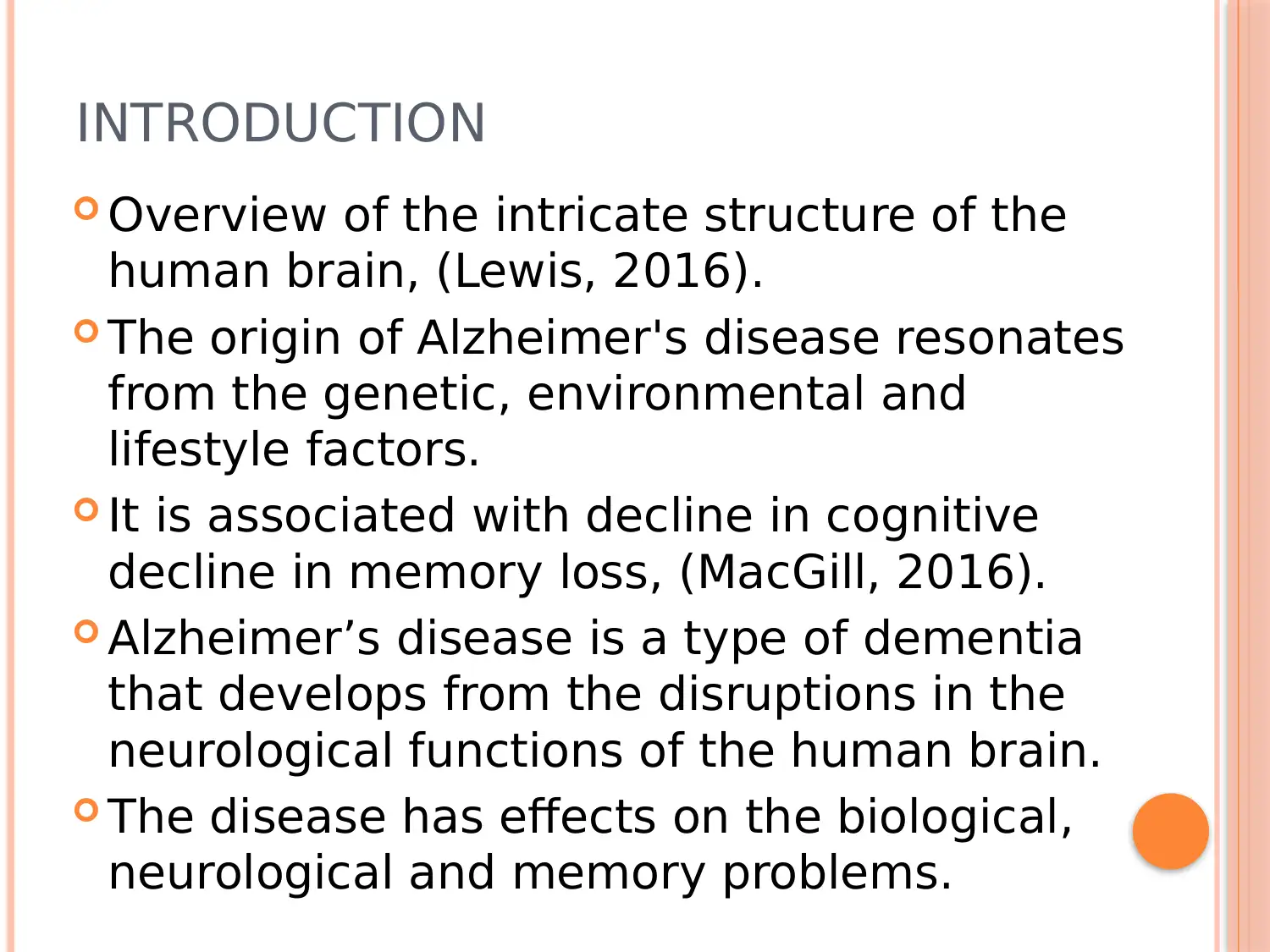
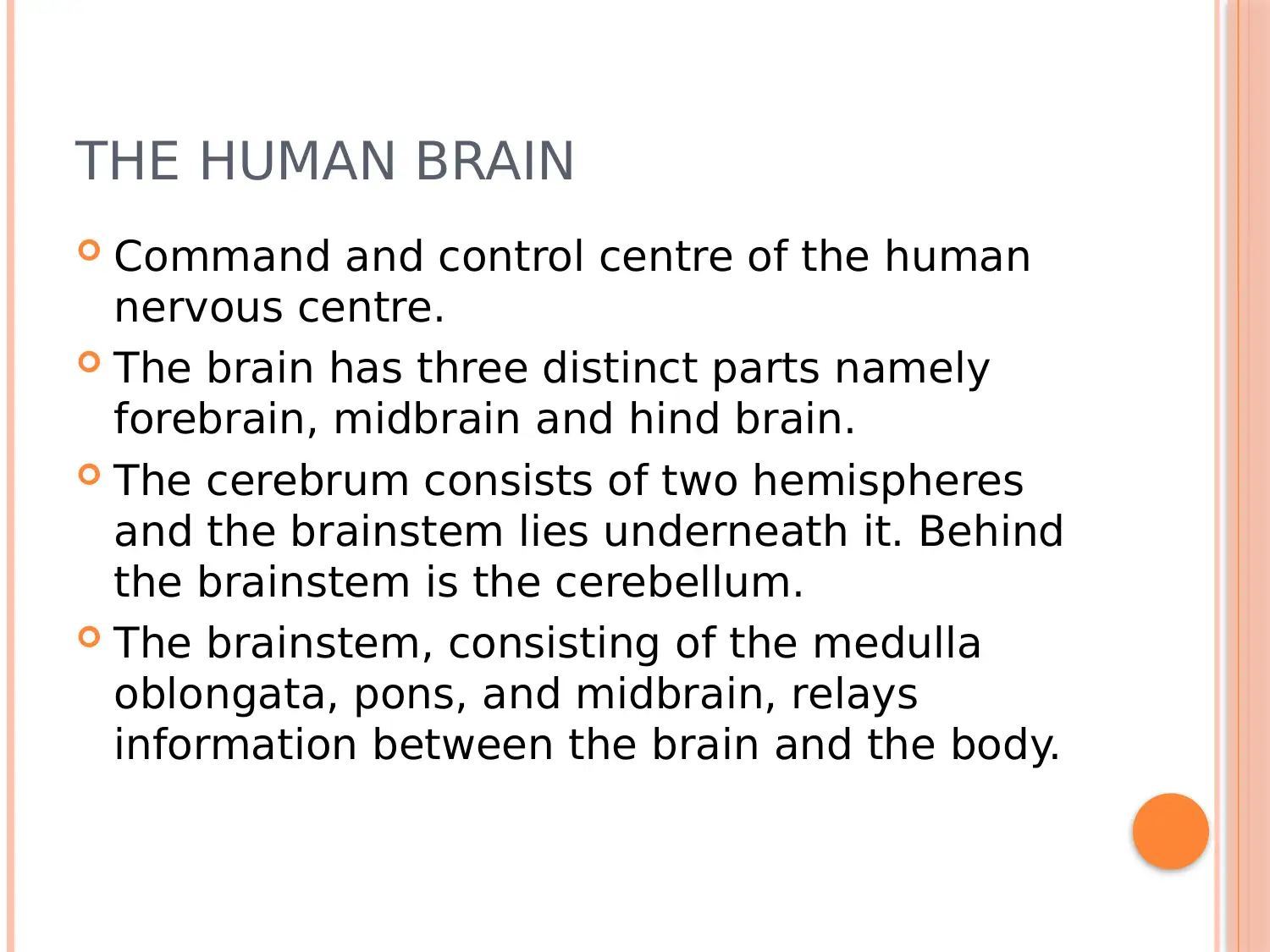

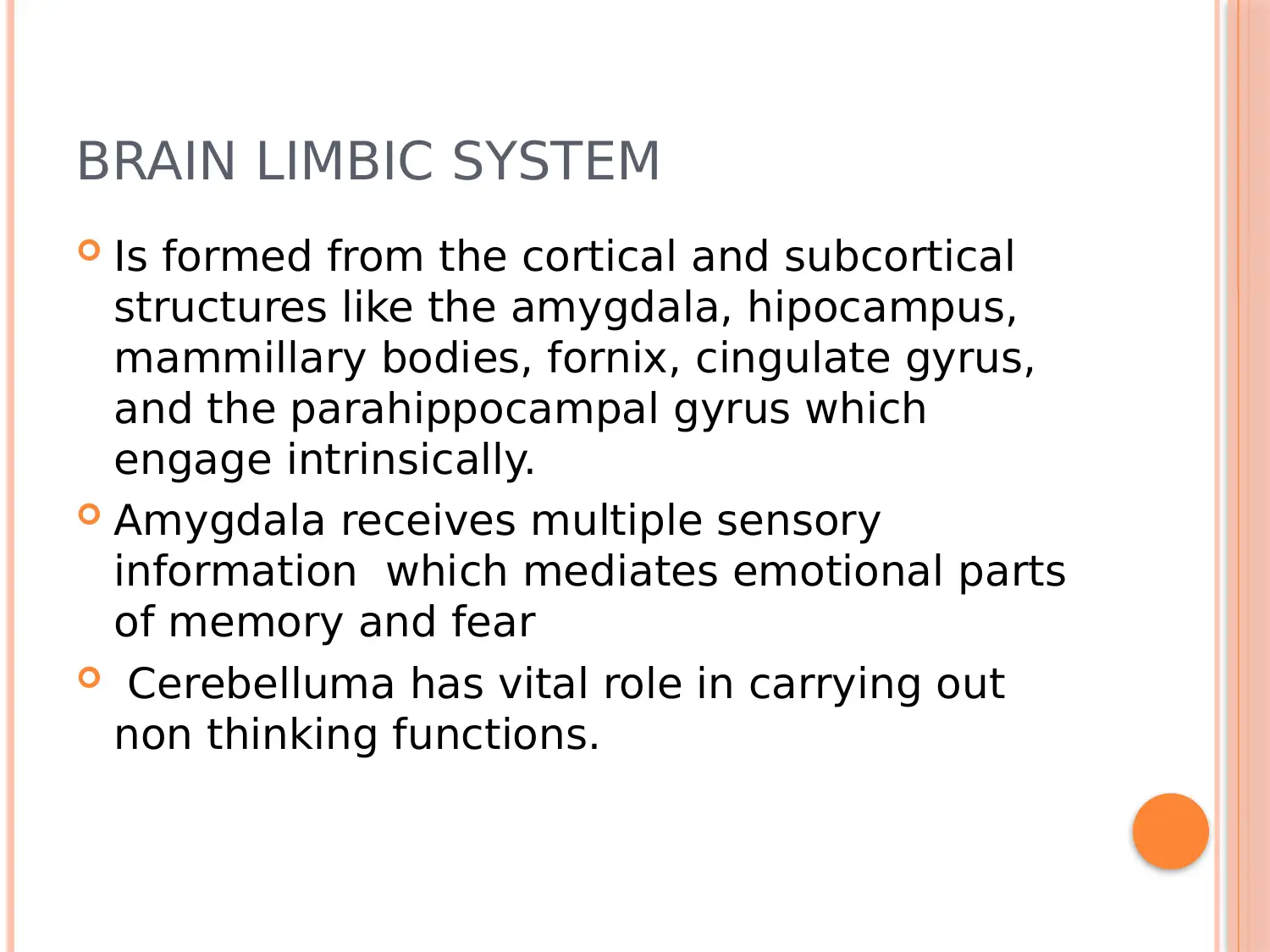
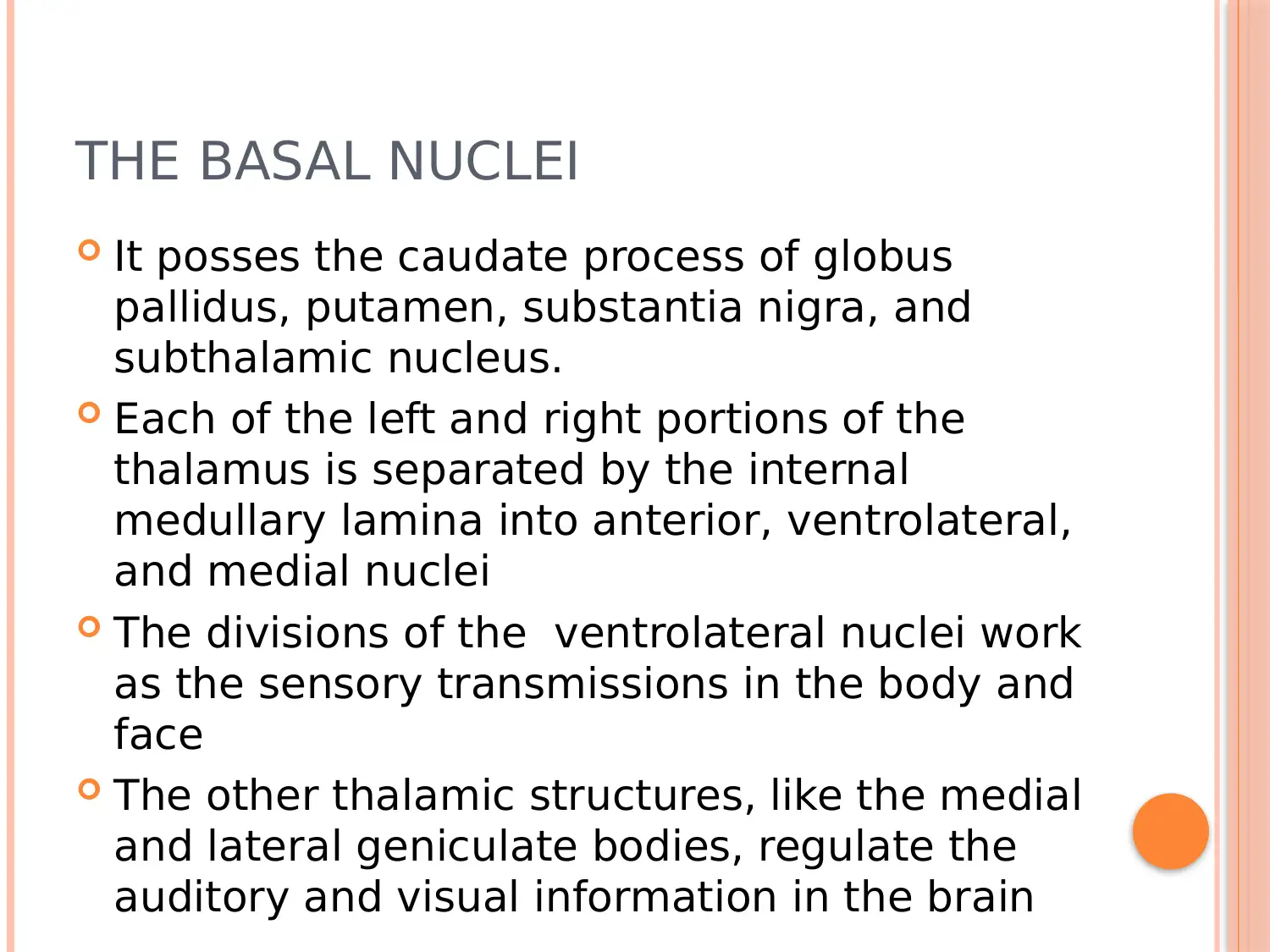
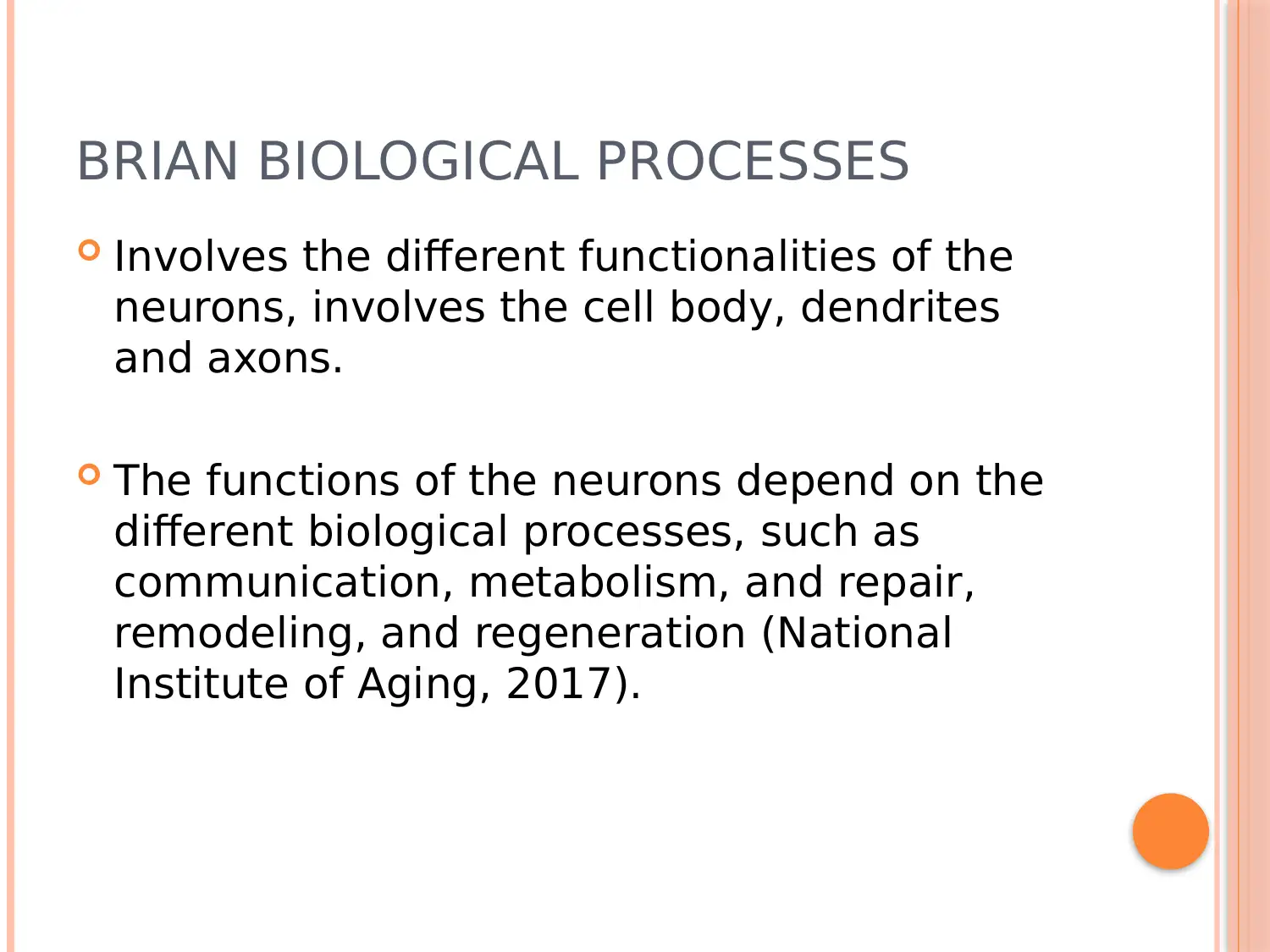
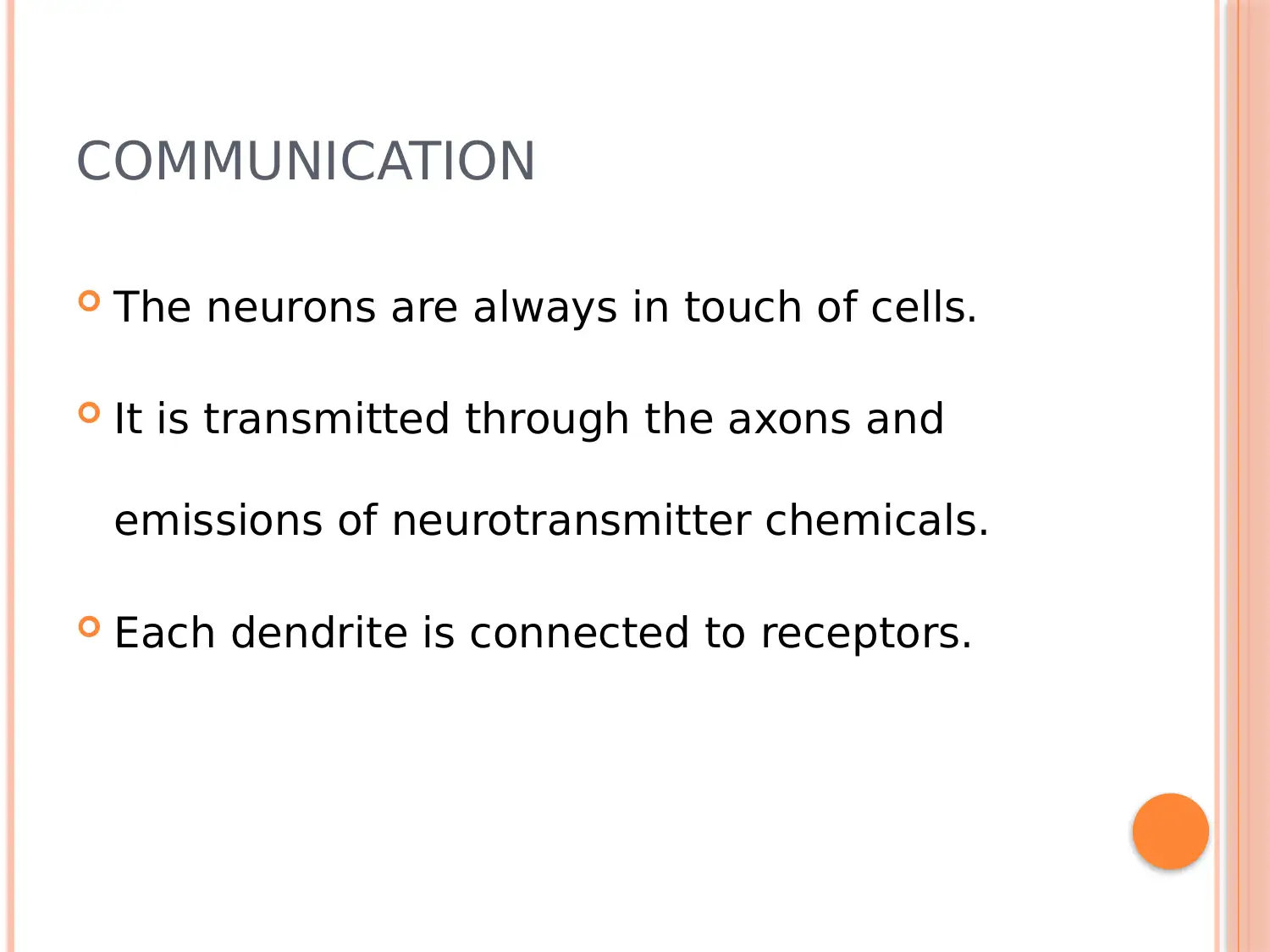
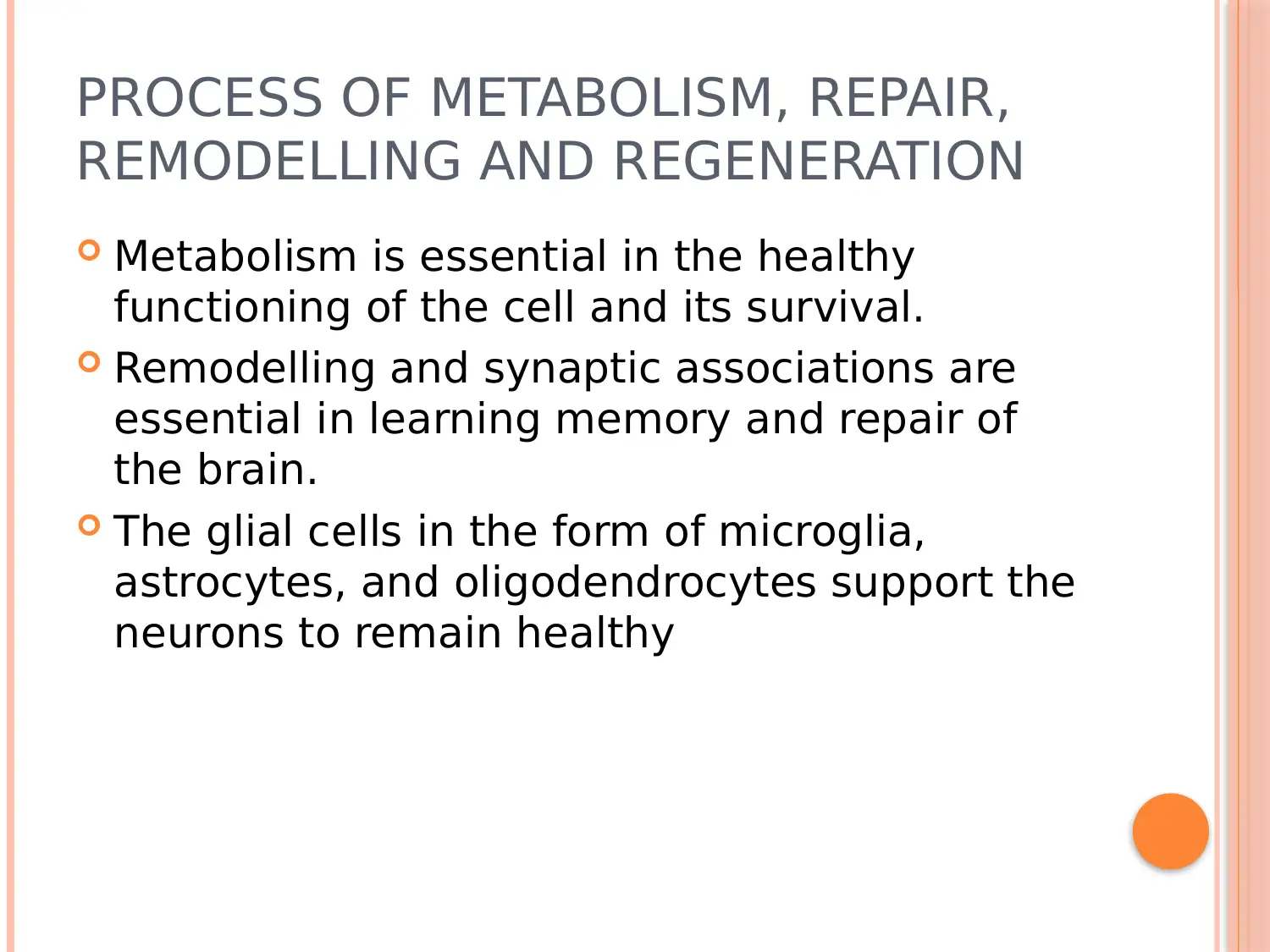
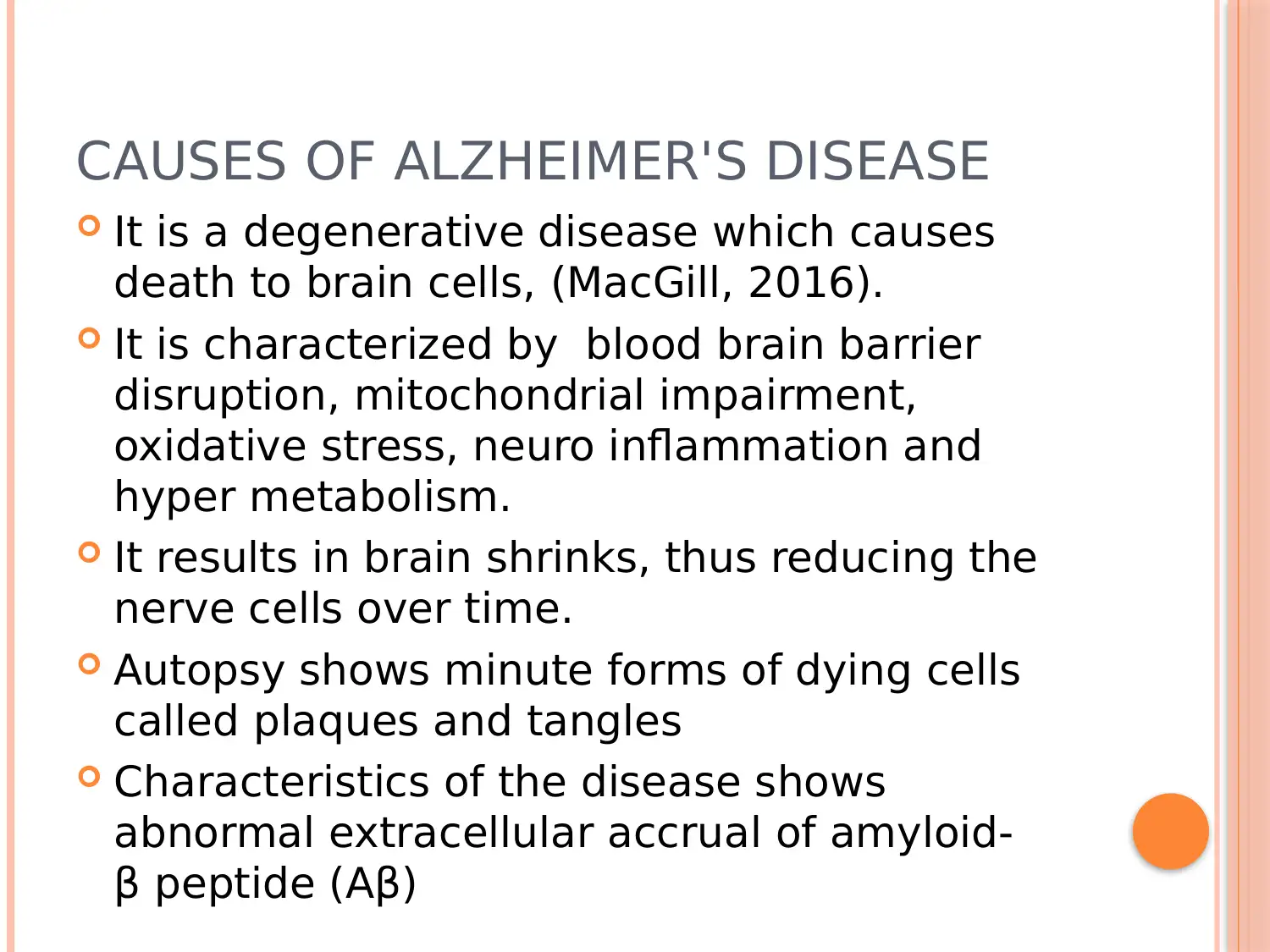
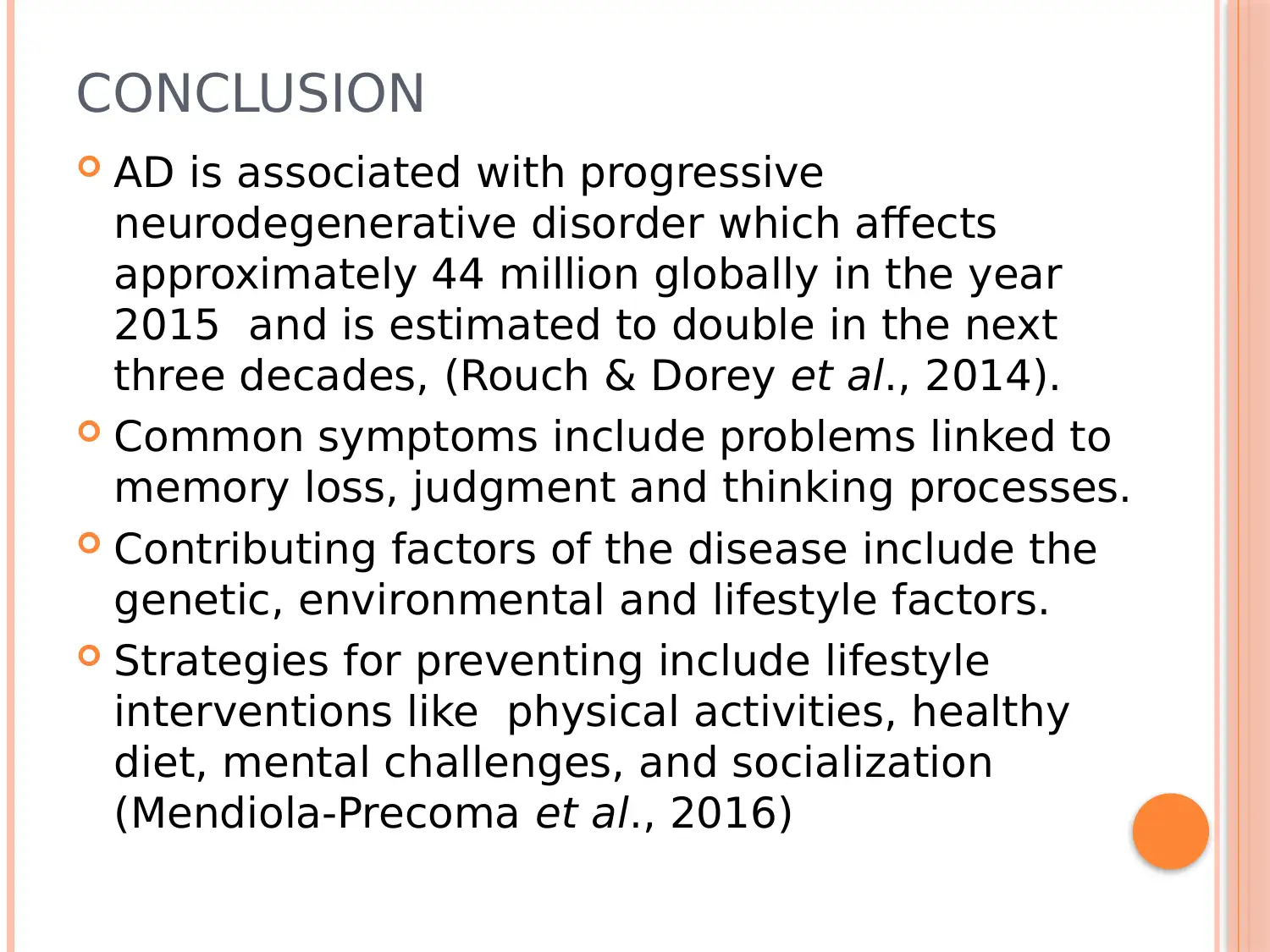
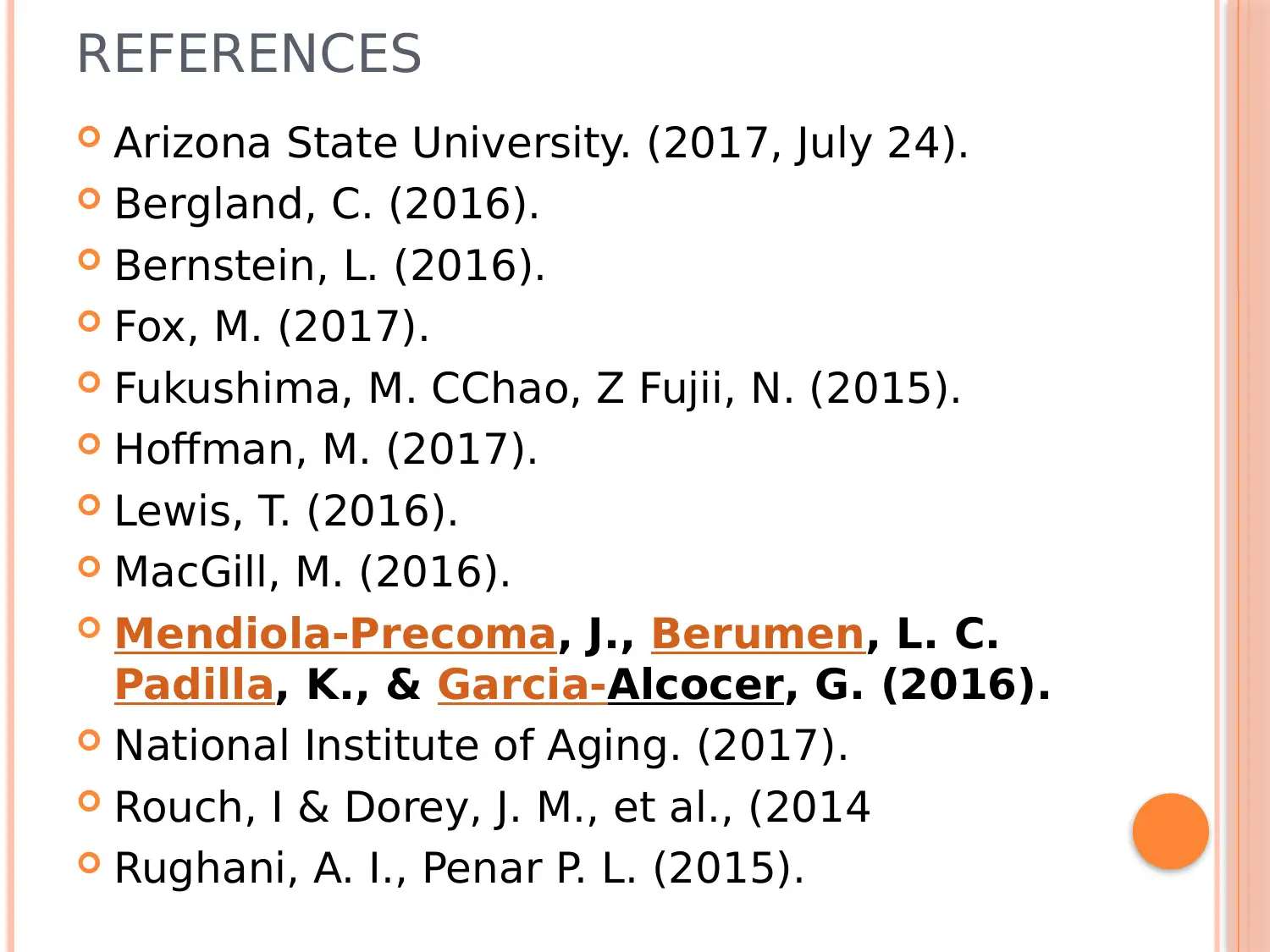



![[object Object]](/_next/static/media/star-bottom.7253800d.svg)